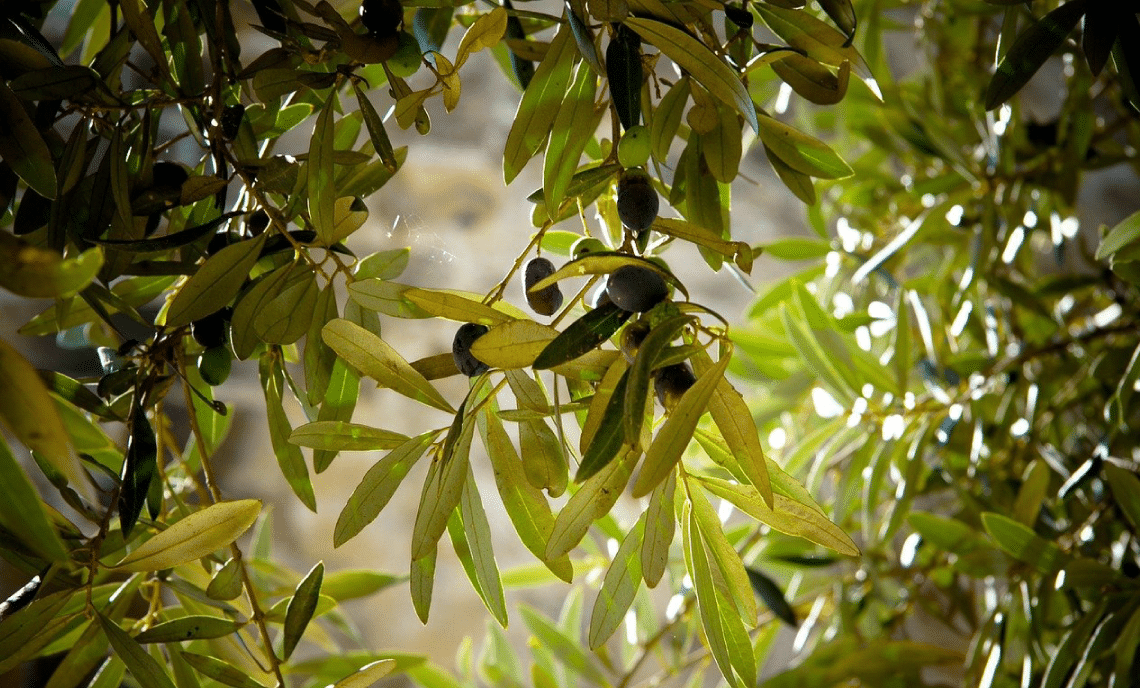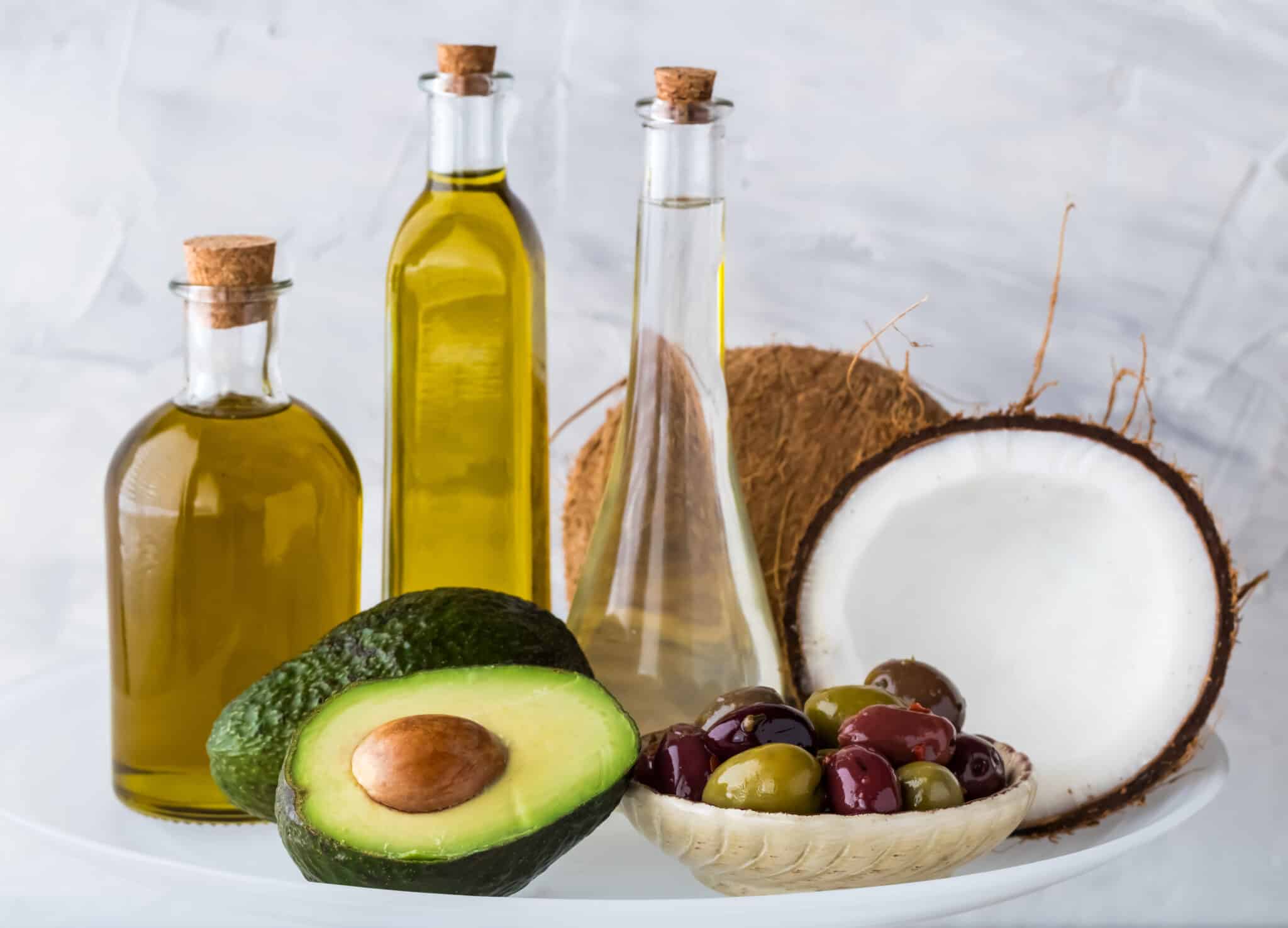When performing an olive oil quality test, it is extremely important to consider the sensory nuances and chemical parameters that guarantee quality.
These tests, which are done in specialized labs, give us a greater understanding of what the “quality olive oil” label means. For example, we are able to obtain information about the quality of the fruit and how the olives have been harvested, stored and preserved.
The most important olive oil quality parameters
Let’s review some of the most important olive oil quality parameters. Two types of tests are usually performed: those that delve into the chemical parameters and those that perform a sensory analysis of the sample. Some of these parameters have been analyzed by the Olive Oil Commission of California.
DEGREE OF ACIDITY
We must first note that a level of acidity beyond a certain threshold is a negative parameter if the oil will be used in food preparation. This level measures the amount of free fatty acids in the oil and is given as a percentage. The higher the acidity, the lower the quality. But what increases an oil’s acidity?
If the olives are attacked by a pest or disease when on the tree, or are damaged during harvesting and shipping, this would release fatty acids which in turn would increase the degree of acidity.
PEROXIDE VALUE
This number is a measure of the oil’s oxidation. A high value usually indicates that the olives have undergone poor processing or that the oil has not been stored properly. It also sometimes means that the tested oil has a rancid smell and taste. The more peroxide compounds in a sample, the lower the oil’s antioxidant capacity.
THE K270 FACTOR
This parameter uses a spectrophotometric technique to measure the amount of ultraviolet light the oil absorbs. The test is done by shining a light on the sample, and the result is based on the change in the light’s intensity. This part of the test shows other complex oxidation compounds other than the peroxides that are present in the oil.
Just like with the previous test, this one also reveals the lack of antioxidant capacity of the oil being analyzed.
THE SENSORY ANALYSIS
This is one of the most important determinations when classifying what is the best quality olive oil. The oil’s designation of origin comes into play along with its classification as a virgin or extra virgin olive oil.
It is much more than a “health check-up” for oil; it is a scientific discipline that meticulously evaluates the sensory features of the product in question. The process is usually done in the form of a tasting by a panel of experts, with a strong emphasis on the sense of taste and smell. Fruitiness and a lack of acidity are rated positively.
Ultimately, an olive oil that successfully passes the tests will prove its worth as 100% olive juice and classified as Extra Virgin Olive Oil. Additional information about the differences between Extra Virgin Olive Oil and Olive Oil can be found here.





